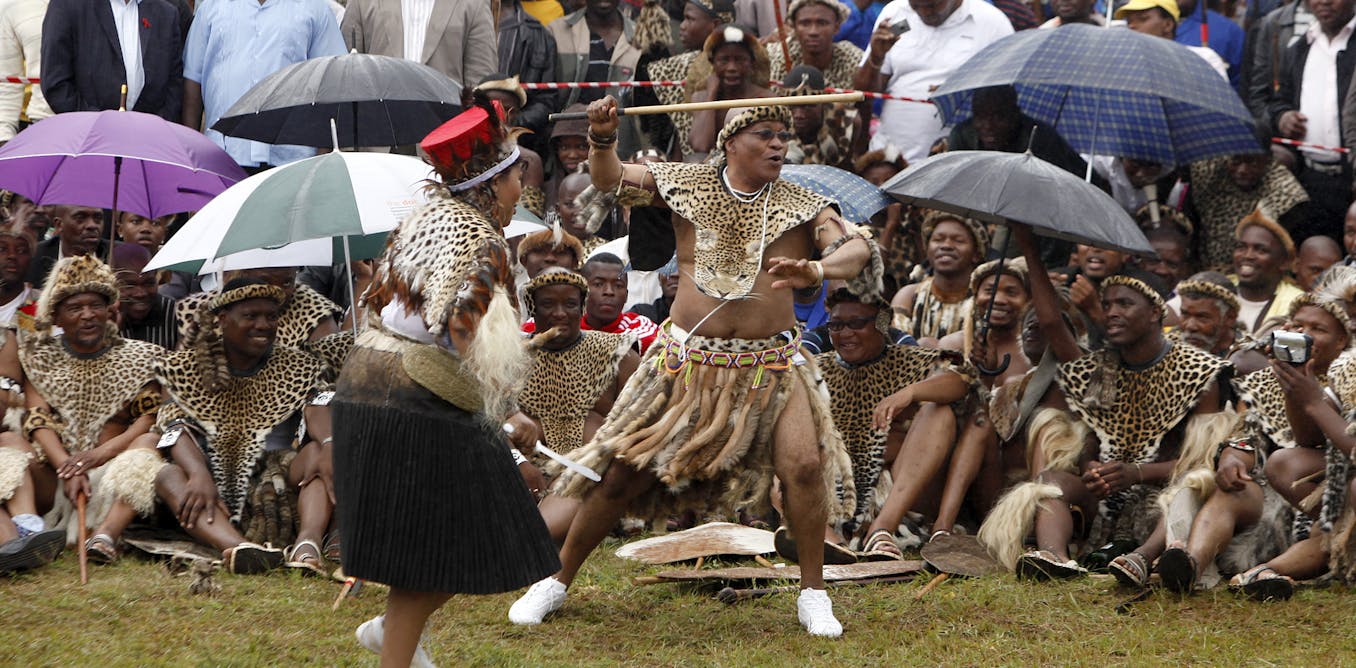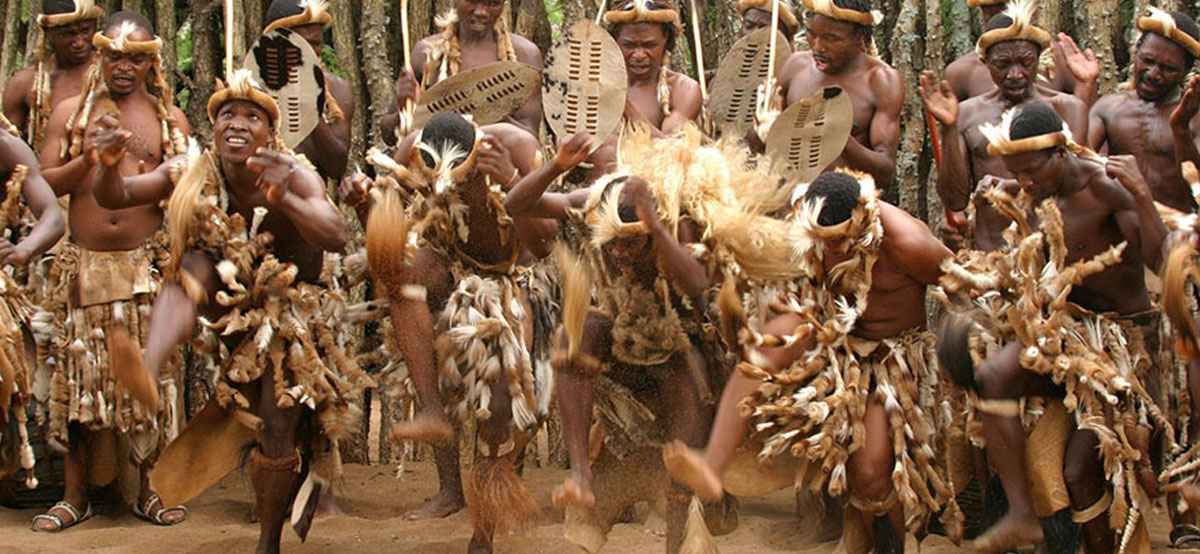The Ultimate Guide To South African Culture Today
The Ultimate Guide To South African Culture Today
Blog Article
The 8-Minute Rule for South African Culture Today
Table of ContentsSouth African Culture Today Fundamentals ExplainedThe 8-Second Trick For South African Culture TodaySome Of South African Culture TodayThe Ultimate Guide To South African Culture TodayWhat Does South African Culture Today Mean?The Ultimate Guide To South African Culture Today
A matter of significance in Zambian towns is the passing away of loved ones. All members of the town put cash, time and initiative with each other for the funeral of the deceased.Music and dance is an extremely crucial element of the Zambian society. The numerous tribal units have their own dancing types; nonetheless, makishi is common among all people.
The South African Culture Today Diaries
When it involves music, drums are utilized one of the most, with a variety of drumming ceremonies. In Zambia, bulk of the individuals are Christian; Protestant and Roman Catholic. There are tiny groups of Muslims and Hindus, with the remainder complying with regional native tribal ideas.

South African heritage and culture is profoundly varied, and consists of several groups of people that each have their very own traditions and beliefs. Having such a diversity of people and cultures is what makes South Africa so distinct. In real sense of the phrase, we are a rainbow nation.
Making it the 7th on the listing of nations with the most Portuguese people in it outside of Portugal. Portuguese is not just a culture, yet it is additionally a language and a nationality. Portuguese people stem from the nation of Portugal in Europe, nonetheless, due to Portugal (like numerous various other nations in Europe) discovering the globe and conquering other nations during the 15th 20th centuries, South Africa has what we call Portuguese South African's living in it.
Some Known Questions About South African Culture Today.
Amongst the popular attributes of the topography is a plateau that covers virtually 2 thirds of the facility of the nation. The plateau complicated climbs toward the southeast, where it culminates in the Drakensberg variety, part of an escarpment that divides the plateau from the seaside areas. The Drakensburg includes Champagne Castle, the greatest top in the nation.
The area north of the Witwatersrand, called the bushveld, slopes downward from eastern to west toward the Limpopo River, which creates the international boundary. The western section of the plateau, the middleveld, additionally descends in the direction of the west and differs in altitude in between the highveld and bushveld. Between the Drakensburg and the eastern and southerly coastline, the land descends to the sea.
Nearer the coast there is a low-lying plain called the eastern lowveld. Southwest of the plateau the country comes to be progressively much more arid, paving the way to the hostile desert of the Great Karroo, verged on the eastern by the lower, much better watered plateau of the Little Karroo. Dividing the completely dry southern interior from the sandy coastal of the southerly shore and West Cape is an additional array, the Langeberg.
Facts About South African Culture Today Revealed
The country's racially, ethnically, and politically split background has generated national and subnational signs that still function as symbols of the country, and others signs that are approved just by certain teams. The monoliths to white inhabitant conquest and political prominence, such as the Afrikaner Voortrekker ("pioneer") Monument in Pretoria and the Rhodes Monument recognizing the British colonial empire home builder and Cape prime minister Cecil Rhodes, continue to be sectarian symbols.
The first modern-day occupants were the San ("bushman") hunter-gatherers and the Khoi ("Hottentot") peoples, that herded animals (South African culture today). The San might have been present for hundreds of years and left proof of their presence in hundreds of old cave paintings ("rock art"). Bantu-speaking clans that were the ancestors of the Nguni (today's amaZulu, amaXhosa, amaSwazi, and vaTsonga individuals) and Tswana-Sotho language groups (today's Batswana and Southern and Northern Basotho) migrated below eastern Africa as very early as the fifteenth century

The 2 former republics of the Orange Free State and Transvaal (South African Republic) were established by Afrikaner settlers that defeated and dispossessed the Basotho and Batswana. Lesotho would Go Here certainly have been by force included right into the Orange Free State without the extension of British protection in 1869. The ultimate marriage of the country arised from the South African War (18991902) in between the British and both Afrikaner republics, which reduced the nation to ruin at the beginning of the twentieth century.
Afrikaners traditionally considered themselves the just true South Africans and, while providing complete citizenship to all residents of European descent, refuted that status to people of shade up until the democratic change of 1994. British South Africans maintain a sense of cultural and social link to Great Britain without compromising their identity as South Africans.
The South African Culture Today PDFs
The diversity and fragmentation within ethnic groupings and the equilibrium of tensions between those groups throughout the twentieth century prevented interethnic civil problem. While intergroup stress over sources, entitlements, and political supremacy remain, those conflicts are as most likely to pit Zulu versus Zulu as Zulu against Xhosa or African against Afrikaner.
From colonial India, British sellers and administrators brought the curved steel ornamental roofs and slender shoelace work columns that still exemplify the outdoor patios of cottages in the areas and cities throughout the country. Holy places contribute an important building aspect also in the smallest communities. In addition to the skyrocketing steeples and classic stonework of Afrikaans Dutch Reformed churches, Anglican churches, synagogues, mosques, and Hindu shrines offer selection to the religious building scene.

Slaughtering and the developing of typical grain beer are important in protecting the engagement useful reference and a good reputation of the forefathers that are considered the guardians of good luck, prosperity, and well-being. Indian communities maintain their native culinary traditions and apply them on Islamic and Hindu routine and ceremonial occasions. Afrikaners and Coloured individuals collect at weekend breaks and unique events at multifamily barbeques called braais, where neighborhood bonds are enhanced.
Since this was the main economic business of both black Africans and white colonists, conflict between those teams centered on the belongings of grazing land and livestock. In 1867, the largest ruby down payments in the world were uncovered at Kimberley in the west central area. The wealth from those fields helped fund the exploitation of the biggest gold coral reef on the planet, which was uncovered on the Witwatersrand in 1886.
The 2-Minute Rule for South African Culture Today
This brought about misconceptions and deliberate misstatement in the transactions of white click here to find out more inhabitants and federal government officials with African principals throughout the colonial duration (South African culture today). In the establishment of African books, some aspects of common and primarily "tribal count on" land tenure were protected, and even in white rural areas, forms of public tenure were still exercised in areas with African areas
After the democratic makeover of 1994, programs for land restitution, redistribution, and reform were instituted, yet development has actually been slow. The white minority still regulates eighty percent of the land. In the wake of farming land invasions in Zimbabwe, the Division of Land Affairs has actually vowed to speed land redistribution.
Report this page